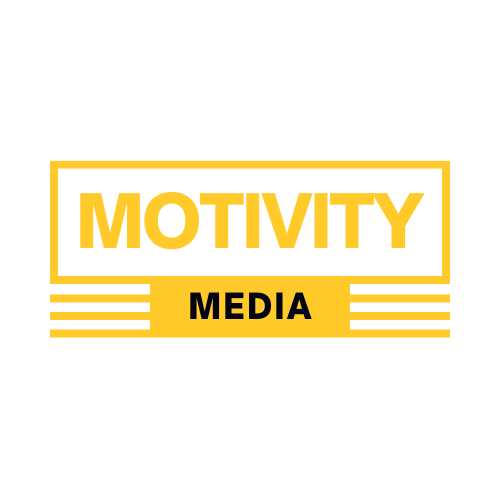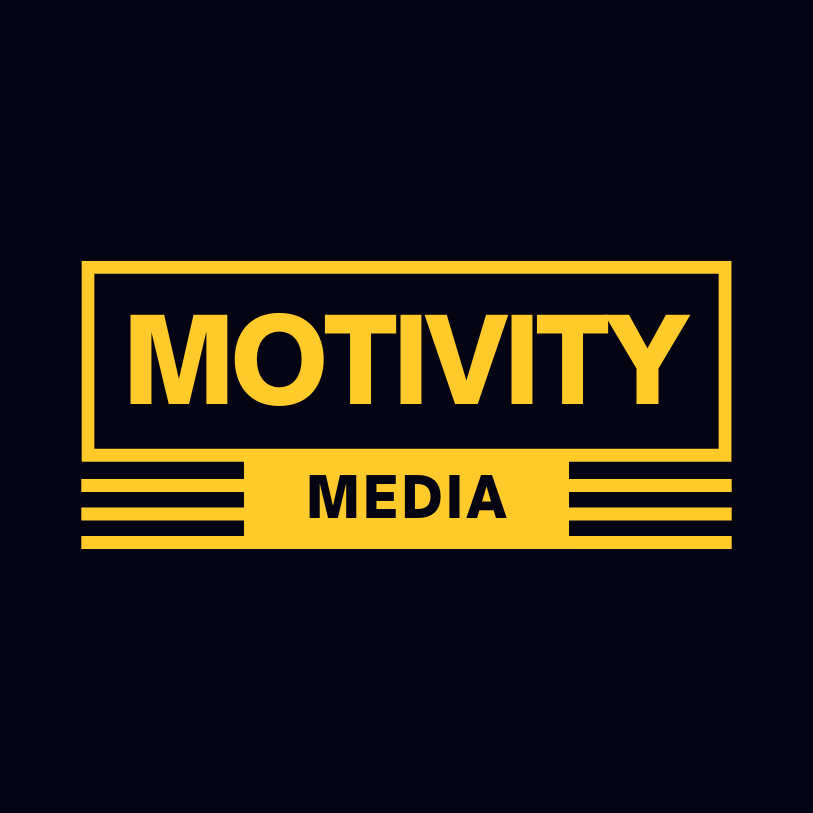Overcoming the Forgetting Curve
Give yourself some grace. Your brain was not meant to remember everything. It was made to think rather than store. So you will forget things, that’s part of living. But there are ways to return the use of your brain to its intended purpose. And for that, we turn to the Forgetting Curve.
In learning and development, the Ebbinghaus Forgetting Curve, developed by Hermann Ebbinghaus in the 1880s, is a valuable tool for leaders to understand how employees learn and retain information. The curve demonstrates that forgetting is a natural process, and over time, we forget most of what we learn unless we revisit the information.
The forgetting curve is a graph that shows how quickly information is forgotten. Over time, we forget most of what we learn unless we review it. The primary way to overcome the curve is through spaced repetition, which helps us remember information for longer periods. It involves reviewing information multiple times over a long period and storing it in our long-term memory.
On average, Ebbinghaus found (and his findings have been duplicated more recently):
Within an hour: We forget around 50% of newly learned information.
Within a day: Retention drops to about 30%, meaning we've forgotten 70% on average.
Within a week: Information recall plummets to as low as 10%, indicating a 90% forgetfulness rate.
According to Ebbinghaus, learning and employee development are facilitated by:
Spaced repetition: Instead of cramming information into a single training session, break down the material into smaller chunks and deliver them in spaced-out sessions. This allows for review and reinforces the information, moving it from short-term to long-term memory.
Active learning: Lectures and presentations are passive forms of learning that are easily forgotten. Encourage active participation through discussions, quizzes, and hands-on activities. Employees who engage with the material are more likely to retain it.
Provide on-the-job support: Learning shouldn't end after the training session. Offer resources, mentoring, and opportunities for employees to apply their new skills in real-world scenarios. This helps solidify their understanding and promotes knowledge retention.
Measure application over knowledge: Don't solely rely on tests that assess memorization of facts. Instead, design assessments that measure how well employees can apply the learned skills to solve problems or complete tasks.
Microlearning: Break down complex topics into bite-sized chunks that can be easily absorbed and reviewed in short bursts. This caters to shorter attention spans and facilitates spaced repetition throughout the workday.
By understanding the Ebbinghaus Forgetting Curve and implementing these strategies, leaders can design and deliver more effective training programs that enhance knowledge retention and improve employee development.
The learning curve applies equally to leaders. Information overload grows as leaders increase the number of individuals reporting to them and the complexity of their role. Review and repetition work similarly with leaders to bring ideas into a more permanent memory status.
Record. Review. React.
With these 3 steps, leaders are more likely to recall important information and process thoughts that require creativity and innovation. The Record step can be any means convenient to you whether analog or digital. The important element is to capture the information. The Review function means periodically reviewing and reformatting the information as necessary to apply to your work or to discard as unimportant information. And finally, React means using the information to become part of your workflow or routine.
Our memory isn’t made to store information that isn’t used or is unimportant. It is an ideally suited instrument for processing and critically thinking about inputs. When we try to make the brain something it is not, we sub-optimize its function.
Create a record, review, and react sequence, and teach your employees to do the same. The brain is a remarkable and wonderfully made part of you. Use it wisely.
“I praise You because I have been remarkably and wonderfully made.”
Psalm 139:14

